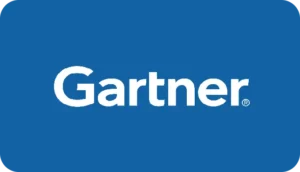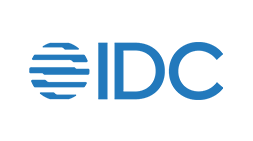A workflow system helps you with low code application development, business rules management, dynamic case management, and process insights across your organization. It brings in cost benefits, enhances employees’ productivity, minimizes human-prone errors, ensures continuous process improvement, reduces turnaround times, and enhances customer satisfaction.
Functions of Newgen Workflow Management Software
Easy to Create Forms and UI
Use GenAI, which integrates with our visual development functionality, allowing users to create and customize dynamic forms easily.
Workflow and Business Logic
Drag and drop capability to create business workflows for user task mapping and ability to control business logic through the simple configuration of workflow routing rules.
Low Code Development and Change Management
Leverage AI for intuitive visual form builders, workflow systems, dashboards, and report designers. Business users can manage workflow efficiently and quickly without relying entirely on the central IT team, and they can orchestrate and execute tasks autonomously with AI agents.
Third-party Integration
With the capability to easily integrate with third-party systems like HRMS, ERP, and CRM, businesses can get seamless employee and customer experience without siloes.
Security, Authentication, and Role-based Access Control
Choosing a trusted vendor becomes more important for specific business processes that contain sensitive and confidential data, such as purchase orders and medical details.
If you choose cloud or on-premises, security will always be a concern. Leverage AI-led workflow solution that provides granular controls to ensure that only authorized users, based on their roles, access the information they need. Use coded guardrails to maximize privacy.
Accountability
Workflow management systems make it easier for businesses to keep track of their requests. With one workflow software, the user can maintain a record of all the activities, including who did what and when. This makes it easier for businesses to manage compliance and reporting.
Lead with an Industry-recognized Platform
Organizations looking for an advanced content platform capable of scaling for heavy workloads and that need deployment flexibility and advanced automation and AI capabilities should consider Newgen.
The Forrester Wave™: Content Platforms, Q1 2025

Customers














































































































